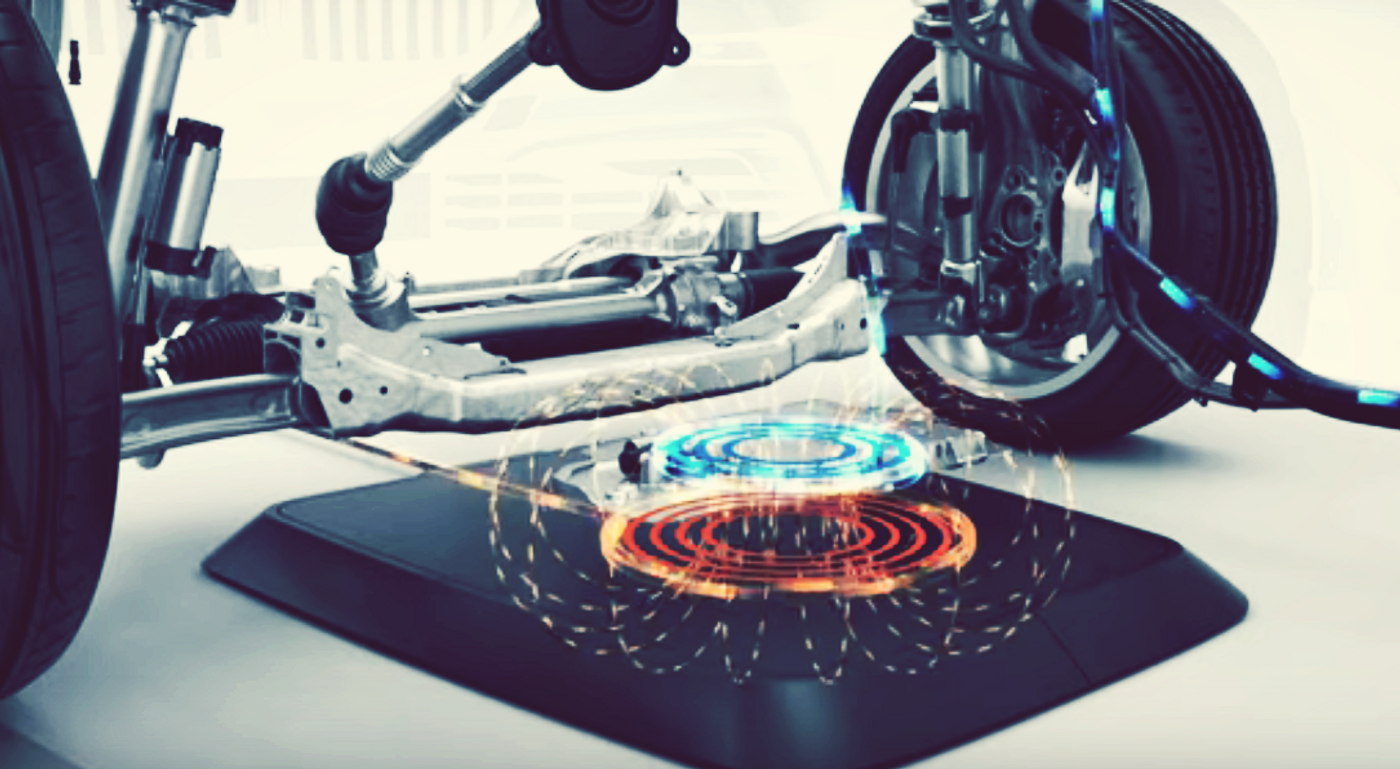Wireless Electric Vehicle Charging Pads From BMW
In May 2018, German car manufacturer BMW announced that it was beginning production of its wireless electric-vehicle charging system in July of the same year. This charging innovation is intended to serve its hybrid plug-in electric line and will first be made available for its 5-series 530e iPerformance.
BMW’s product relies on inductive charging, which creates an electromagnetic field -- an invisible area of energy that is an electrical and magnetic field combined -- between two objects to transfer energy. It’s referred to as a charging pad system and is made up of a primary coil in a pad on the ground and a correlating one under the car. Together, they essentially form a transformer – a device which transfers energy. This is the same technology that is used to wirelessly charge cell phones.
“Essentially you’ve got two physical coils, one which converts energy into an electromagnetic field that can travel wirelessly, and one which converts that floating field back into energy again ..." David Nield of Gizmodo said of inductive charging.
According to BMW:
An alternating magnetic field is generated between the two coils, through which electricity is transmitted without cables or contacts at a charge rate of up to 3.2kW. This form of power supply to the high-voltage battery is extremely convenient for customers and involves a charging time of around 3.5 hours.
This charging time is comparable to plug-in options, which can take from a half-hour up to 12, depending on the battery size, state and charging point. Many owners of EVs charge their cars overnight. BMW’s new charging system can be installed in a home garage or in an outdoor private or public setting, meaning it could increase and add variety to current EV charging station options on the road. According to Digital Trends, it works in any weather setting.
The BMW vehicles that work with the inductive pad are outfitted with guidance programs in their display screens. Blue lines guide the driver in and green lines alert them to being aligned over the pad correctly. When the car turns off, charging begins. The company states the electromagnetic field is within safety and regulatory limits, and that its electromagnetic radiation emission levels are less than what a kitchen hotplate gives off.
BMW plans to have this product available in Europe before the fall of 2018. California 530e drivers will also get to try it out in a limited pilot program.
BMW is not the only car manufacturer embracing wireless charging. For example, Tesla, Chevy and Nissan have compatible optional wireless charging accessories from the American company Plugless for their EVs, which BMW does with its i3 model as well. Meanwhile, U.S-based Qualcomm is developing charging while driving tech, called Dynamic Electric Vehicle Charging, or DEVC.
2017 was the top year so far for EV sales overall, with 199,826 sold – up more than 25 percent since 2016. As more drivers embrace electric driving technology, convenient, drive-up, no-plug charging will likely become more popular, prevalent and expected.
The BMW wireless charging product can be viewed in the video below.
Sources:









